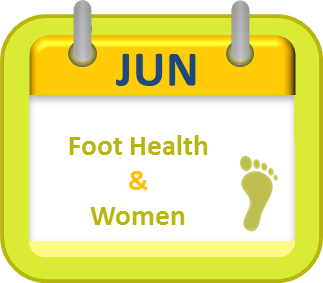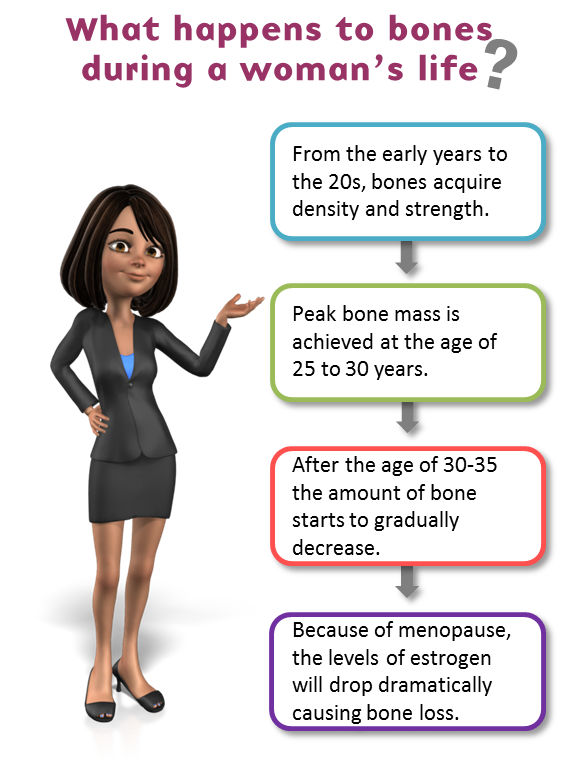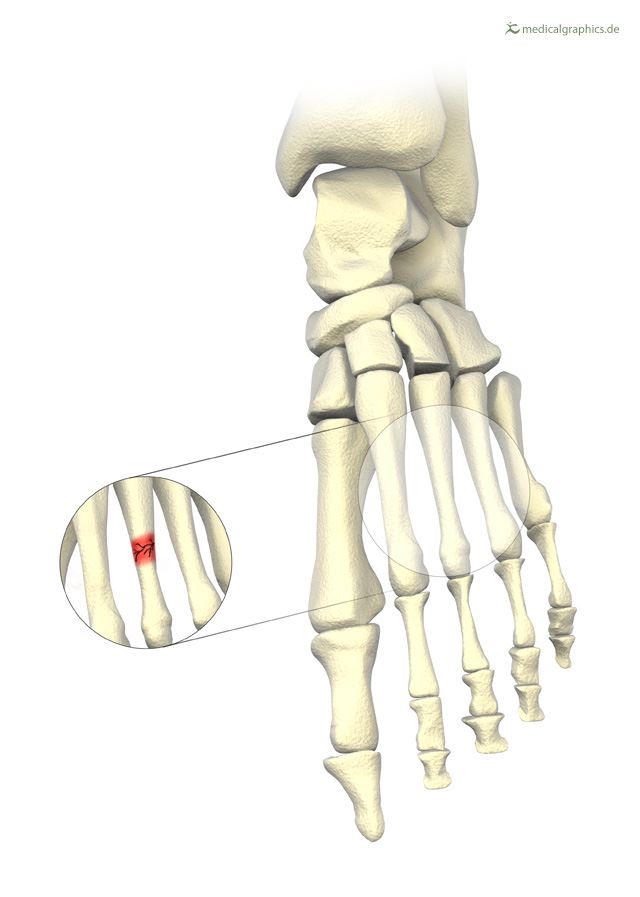|
Stress Fractures
Visit a Podiatrist! Do not wait until is too late. If you are experiencing pain, discomfort or you think something is not right with your feet, visit a Podiatrist. A stress fracture can be treated without any complications or further problems if it is discovered on time. Click here to find a Podiatrist
|
Most stress fractures are caused by overuse and repetitive activity, and are common in runners and athletes who participate in running sports, such as soccer and basketball. Stress Fractures are more common in women! Many studies have shown developing stress fractures is more common in women than men. But, Why?
Factors or Causes for stress fractures in the ankle and foot Changes in Physical Activity Increasing physical activity too fast can lead to stress fractures. Changes should be done gradually and alternate different high-impact sports, such as running, gymnastics, or basketball, with low-impact sports, such as walking or swimming. Foot Conditions Conditions that affect the structure of the foot, such as flat feet or high arches, give more stress to other areas of the foot, which can lead to stress fractures. Nutrition Calcium and Vitamin D are essential in bone formation. Having a proper diet and regular sunlight exposure will help you maintain healthy bones and your weight. Avoid excessive amounts of salt, alcohol, protein and caffeine and also avoid smoking. Weight below 75% of ideal body increases the chances to get a stress fracture in your foot and/or ankle. Shoes! Wearing proper shoes is extremely important for your bone structure. Change your shoes regularly and go for those with good support. If you are not sure what kind of shoes you should wear, or if you need an orthotic device or a better assessment, visit a Doctor of Podiatric Medicine (Podiatrist). |







